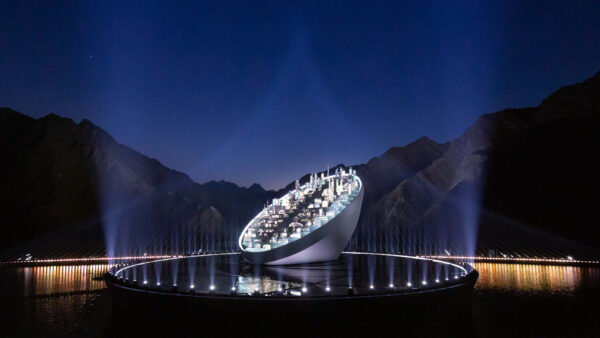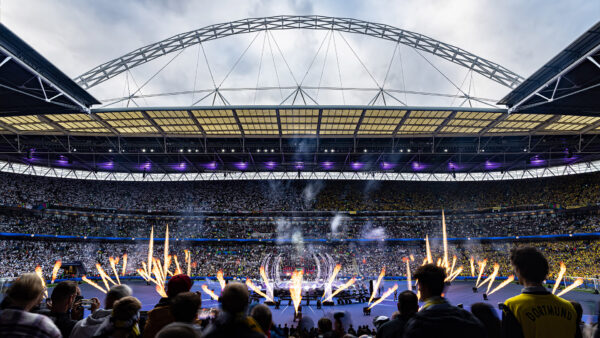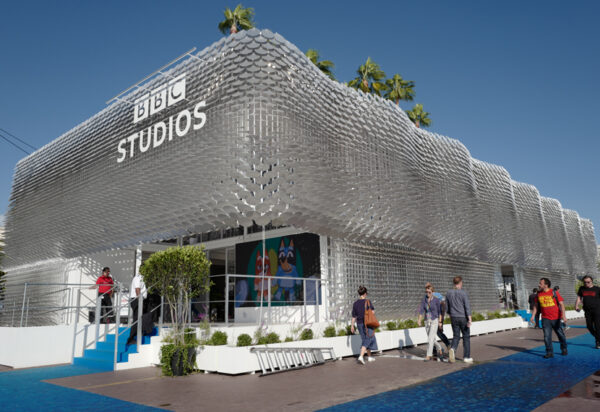
From Aspiration to Immersion
The relationship between luxury brands and consumers is undergoing a subtle yet significant transformation. No longer defined just by exclusivity or traditional status signalling, the concept of luxury is increasingly shaped by how brands create meaningful, memorable moments for their audiences. This shift reflects a broader change in consumer behaviour, particularly among younger, aspirational demographics that prioritise emotional engagement and personal relevance over passive consumption.
Rather than relying solely on the traditional marketing mix, luxury brands are increasingly moving towards experiential activations that invite participation, provoke emotion, and build long-term brand loyalty. A compelling example is Gucci’s travelling exhibition “Cosmos”, which reimagines the brand’s heritage through immersive art installations and interactive displays. By offering a curated cultural encounter rather than a straightforward sales environment, the brand creates opportunities for deeper engagement, particularly with audiences who may not yet be customers but are forming a ‘lovemark’ relationship with the brand.
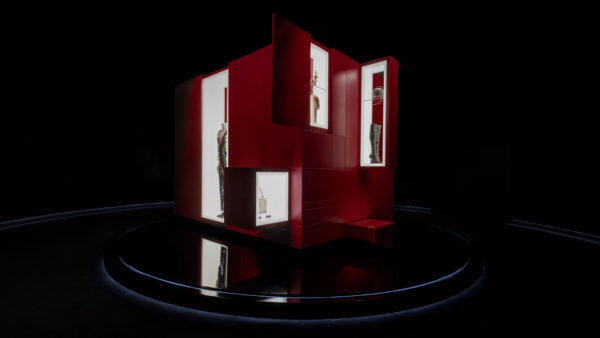
Similarly, Moncler’s ‘The Art of Genius’ exhibition provided a platform for thousands of brand advocates to attend an entirely free immersive experience in London, where many of the attendees would not have ever bought a licenced Moncler product. These activations are not only about reach; they reflect a brand strategy oriented around cultural participation rather than top-down messaging.
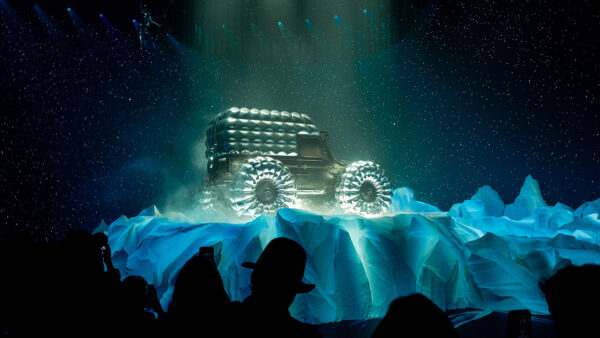
What distinguishes these initiatives is the way they reposition the audience as active participants. This is especially pertinent for aspirational consumers — individuals who may not yet access the product but are highly engaged with the brand narrative. Experiences offer a pathway for these audiences to build identity through association, fostering loyalty that may eventually convert to purchase. Evidently, this is a longer-term play and makes commercial justification more difficult as a consequence. That said, these activities result in social media promotion, where brand advocates share an Instagram moment of their own experience with the wider world naturally and cost neutrally.
It’s notable that not all of these activations need be complex pieces of immersive storytelling. Simple, but well-executed store takeovers like that commissioned by Prada at Harrods are proven ways to drive engagement immediately prior to point of purchase. Of course, marketing engagement happens right across the customer journey, but activations like these make it much easier to measure effective return on investment than buying traditional media space.
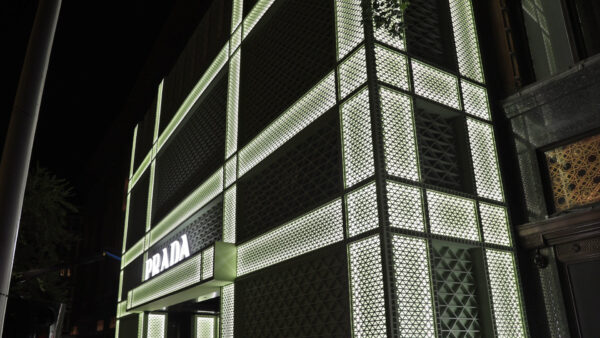
The experiential turn is not a departure from luxury’s foundations, but a recalibration. The whole range of marketing touchpoints will persist to varying degrees, yet as attention economies evolve and consumer values shift, brands that invest in thoughtful, well-designed immersive experiences are better placed to sustain relevance — not just as products, but as cultural icons.
We work with creatives to deliver memorable moments, contact us to find out how we can do the same for your brand.
View the projects referenced above, here:


